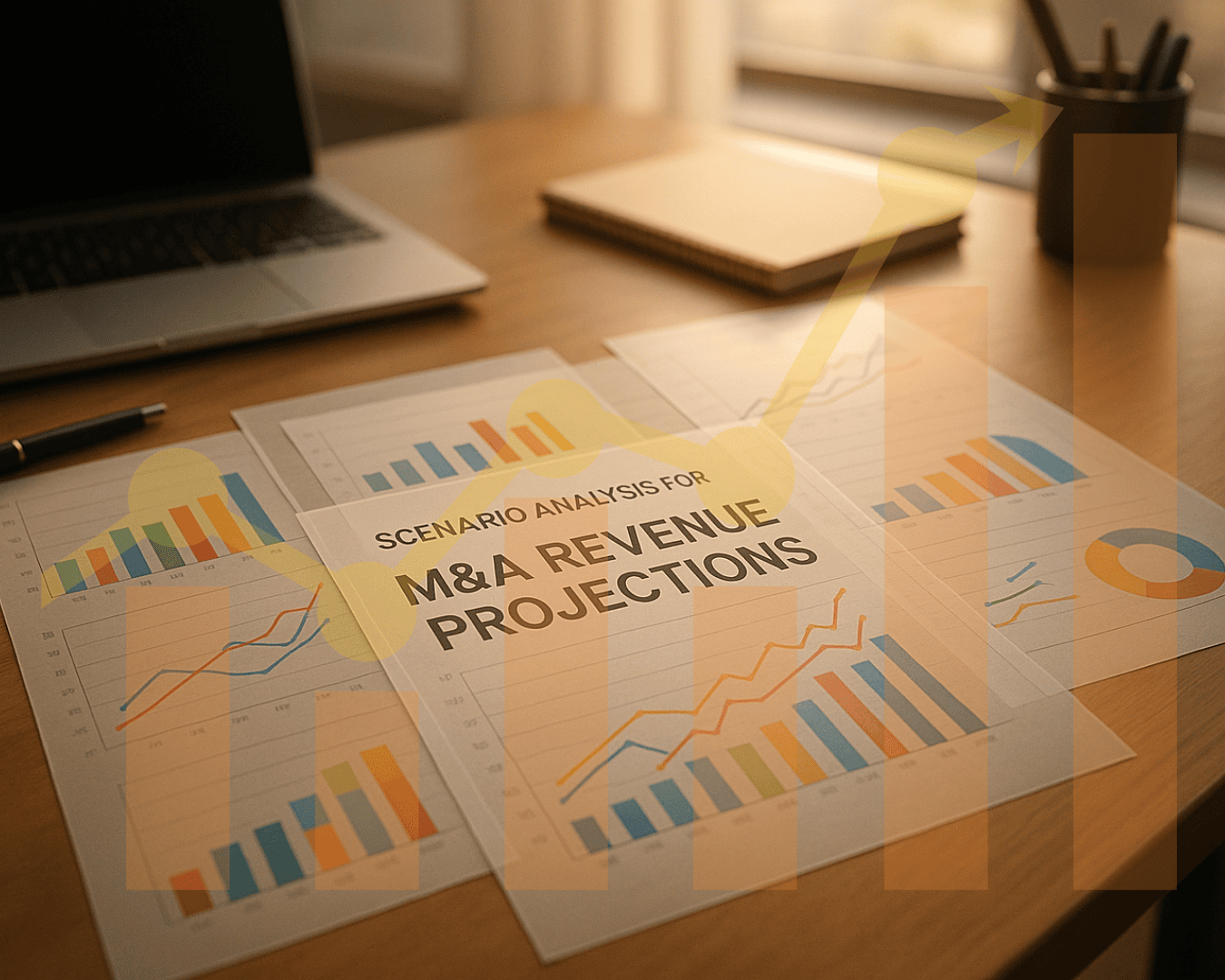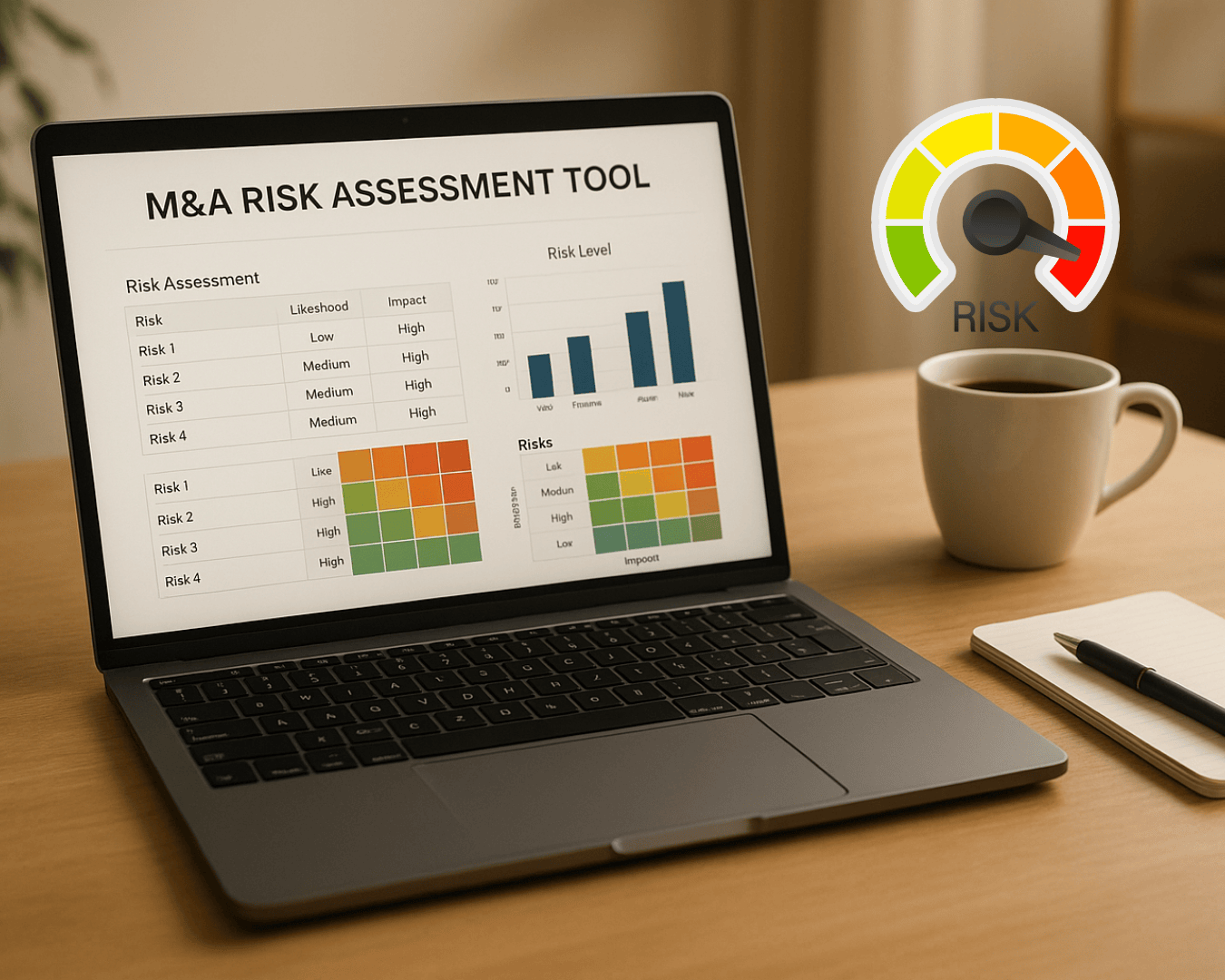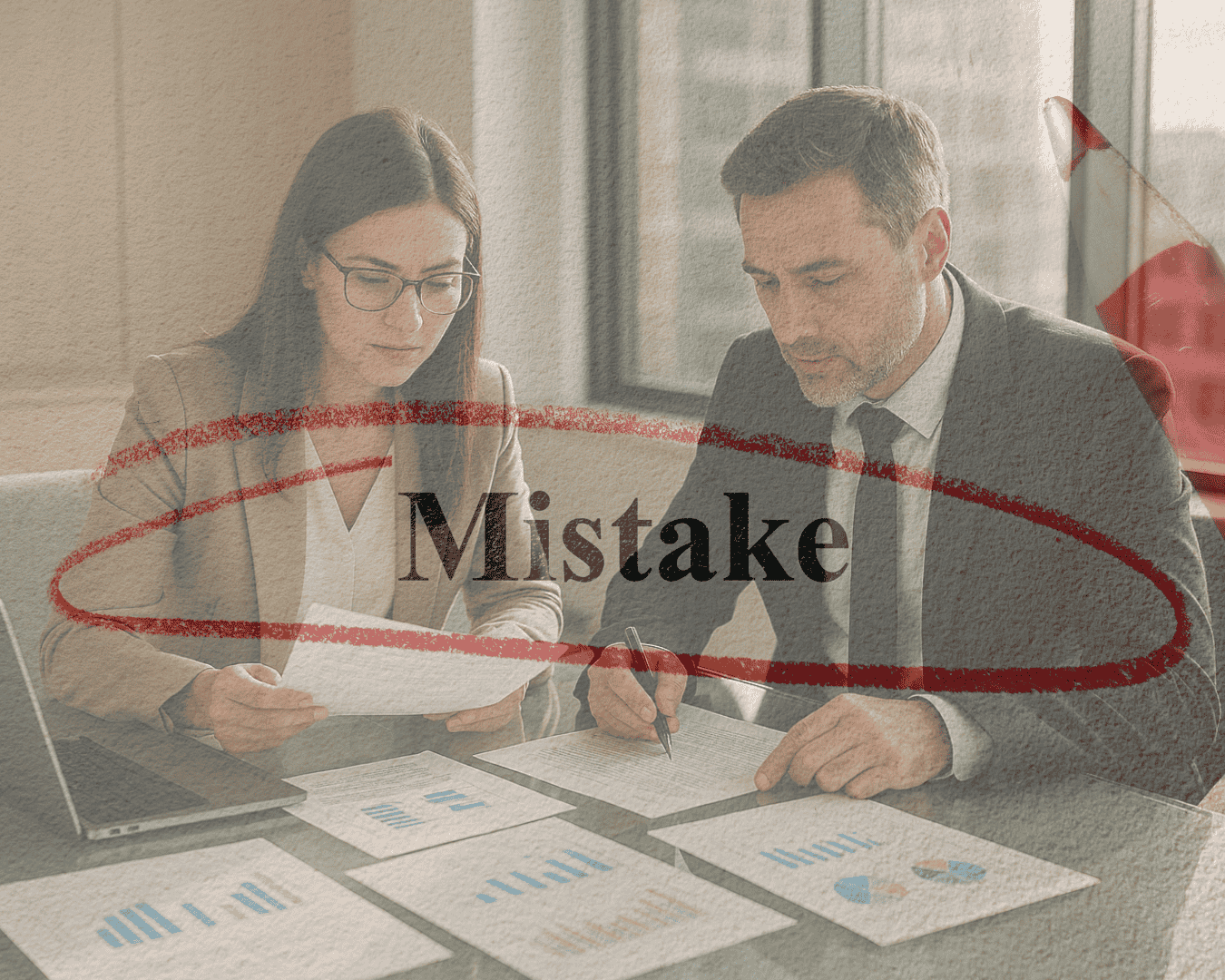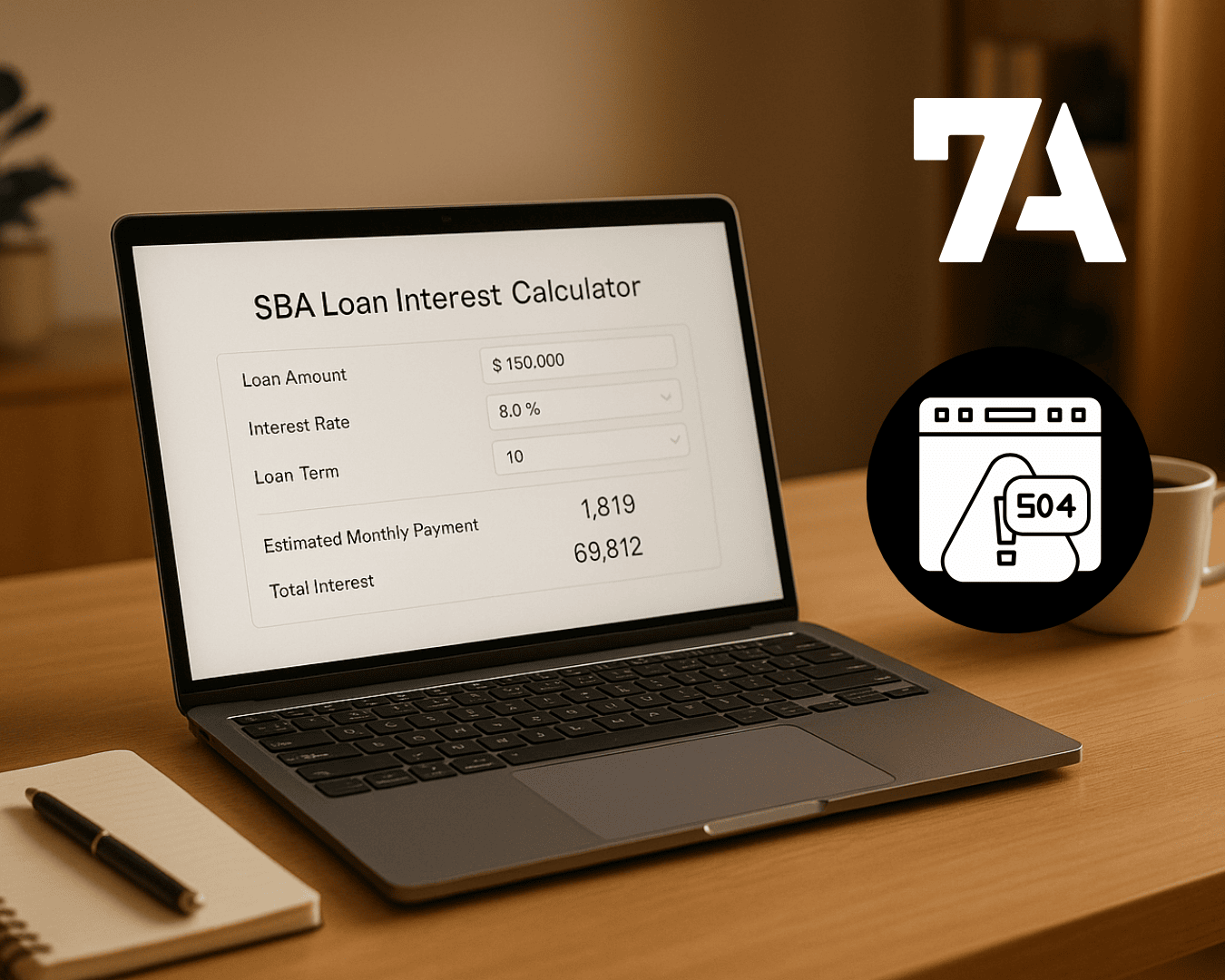Understanding how businesses balance debt and equity is more important than ever in today’s challenging M&A market. Here's what you need to know:
- Debt-to-Equity (D/E) Ratio: Measures how much of a business is financed through debt versus equity. A higher ratio signals more financial risk, while an extremely low ratio may indicate missed growth opportunities.
- Current Trends: Rising interest rates and inflation have made borrowing costlier, pushing buyers toward equity-heavy financing. Lenders are now more cautious, requiring larger down payments and stricter guarantees.
- Financing Tools: Popular options include SBA loans, seller financing, and earnouts. Buyers are increasingly combining these tools to manage costs and risks.
- Economic Factors: Tightened credit access, inflation, and regulatory changes are reshaping deal structures. Fixed-rate loans and hybrid financing models are gaining traction.
The key takeaway? Striking the right balance between debt and equity is essential for successful M&A deals, especially in uncertain economic conditions.
📢 Acquisition Finance: Debt vs Equity Decision Matrix ⭐ from Online M&A Courses of mnainstitute.com
Economic Factors Affecting Capital Structure Decisions
The landscape of Main Street M&A financing continues to evolve, shaped by various economic forces that influence how buyers structure and fund their acquisitions. These shifting conditions are redefining the balance between debt and equity in deal-making.
Interest Rates and Credit Market Access
In the past, buyers benefited from low-cost debt thanks to near-zero interest rates. But with rising commercial lending rates, debt financing has become more expensive, pushing buyers to rely more heavily on equity.
At the same time, credit access has tightened. Regional banks, traditionally the go-to lenders for Main Street M&A, are now more selective. They’re demanding stronger personal guarantees, larger down payments, and stricter lending ratios. This shift has created a divided market: well-qualified buyers can still secure traditional financing, albeit at higher costs, while others turn to alternative lenders or increase their equity contributions to close deals.
Inflation and Business Valuations
Inflation has added new complexities to deal structuring. Higher costs for labor, materials, and services have squeezed profit margins for many small businesses, leading to more conservative valuations. This, in turn, has tempered sellers’ expectations for premium prices, while also reducing the overall financing needs in some cases.
However, inflation also increases working capital requirements. Businesses now need more cash to keep operations running, which reduces the funds available for servicing debt. In response, lenders are demanding larger cash reserves and more cautious financial projections. Concerns about future inflation have made variable-rate loans less attractive, prompting a shift toward fixed-rate options or shorter loan terms.
Regulatory and Policy Changes
Government policies and regulatory updates are also playing a pivotal role in shaping financing options. Recent changes to the Small Business Administration (SBA) lending programs, including the 7(a) and 504 programs, have introduced new dynamics. Adjustments to the SBA 7(a) program - such as revised loan limits, updated fee structures, and stricter underwriting standards - have made it a more appealing option for some buyers, though it now comes with tougher borrower requirements.
Similarly, updates to the SBA 504 program, which include new compliance rules tied to environmental and energy efficiency standards, have added layers of complexity, especially for deals involving significant real estate. Meanwhile, new banking regulations have led to tighter lending practices, including stricter documentation requirements and lower loan-to-value ratios. Changes in state and local tax policies have further complicated financing strategies, making tax-efficient structuring both more critical and more challenging.
These economic and regulatory factors are reshaping how Main Street deals are financed, highlighting the importance of carefully balancing debt and equity. Tailored strategies that account for these pressures are essential for navigating today’s deal-making environment.
Common Debt and Equity Financing Tools in Main Street M&A
Choosing the right mix of financing options is essential for structuring successful Main Street acquisitions. Each tool comes with its own set of benefits and challenges, and understanding them can make a significant difference in achieving a balanced capital structure.
Debt Financing: SBA Loans and Other Options
Debt financing plays a central role in funding Main Street deals, with various options tailored to different needs. SBA 7(a) loans are a popular choice for acquiring businesses, offering competitive rates, longer repayment terms, and reduced risk for lenders.
For transactions involving significant asset purchases, such as real estate or heavy equipment, SBA 504 loans are a better fit. These loans combine a traditional bank loan with an SBA-backed portion, reducing the buyer's upfront costs while providing stable payment terms. However, they can involve more complex processes and longer closing times.
Commercial loans are another option, often preferred for their faster closing timelines. However, they typically require larger down payments and a strong credit profile.
When it comes to acquiring specific assets like machinery, vehicles, or technology, equipment financing is a targeted solution that uses the purchased equipment as collateral. Additionally, lines of credit are valuable for addressing working capital needs after the acquisition.
Here’s a quick breakdown of common debt financing tools:
- SBA 7(a) loans: Ideal for general business acquisitions.
- SBA 504 loans: Designed for asset-heavy deals, like real estate or equipment purchases.
- Commercial loans: Best for buyers who prioritize speed and have strong credit.
- Equipment financing: Tailored for machinery and technology investments.
- Lines of credit: Useful for short-term working capital.
As interest rates rise, buyers are increasingly exploring equity options to complement or replace traditional debt financing.
Equity Options: Seller Notes and Earnouts
Equity financing provides flexibility, especially when debt capacity is maxed out. One common approach is seller notes, where the seller finances part of the purchase price. This gives buyers a more manageable payment structure while allowing sellers to earn income after the sale.
Another creative equity solution is earnouts, where a portion of the purchase price is tied to the business's future performance. Earnouts are particularly useful for bridging valuation gaps when growth is anticipated, but they require clear performance metrics to avoid disputes later on.
Additional equity strategies include bringing in equity partners through buyouts or injections. This can provide extra capital and expertise, though it’s vital to establish clear agreements on control and profit sharing. Meanwhile, merchant cash advances, which use future credit card receivables for short-term funding, can be an option - but their higher costs often make them a last resort.
The key to success lies in aligning the financing tools with the specific needs of the transaction. Buyers with strong credit might lean toward traditional debt options, while those acquiring businesses with less predictable cash flows might prefer flexible solutions like seller financing or earnouts.
Clearly Acquired simplifies access to these financing options, helping buyers develop creative, multi-faceted funding strategies tailored to their goals.
sbb-itb-a3ef7c1
Case Studies: How Debt-to-Equity Mixes Work in Practice
Building on the financing tools discussed earlier, let's look at some real-world examples that show how blending debt and equity creatively can influence the success of a deal. These cases underscore the need for adaptability and innovative thinking when crafting financing strategies, especially in today’s challenging market conditions.
Capital Structure Success in Difficult Markets
With rising interest rates and economic pressures, buyers are leaning toward hybrid financing models that balance risk and affordability. Take the example of a manufacturing services company in Ohio. Instead of relying solely on debt, the buyer combined SBA loans, seller financing, and cash contributions. This approach not only lowered monthly debt obligations but also ensured the business was cash flow–positive from day one.
A Texas restaurant chain took a different route by using an earnout structure tied to future performance. This method not only reduced upfront cash flow risks but also aligned the goals of both the buyer and seller. Early performance milestones proved this strategy was a win-win for everyone involved.
Before-and-After Deal Comparisons
Adjusting the debt-to-equity balance mid-deal can be the difference between closing a transaction and walking away. For instance, a Florida logistics company initially leaned on a debt-heavy structure but faced challenges due to seasonal cash flow fluctuations. By incorporating more equity and adding tailored seller financing, the company improved its debt coverage ratio and successfully closed the deal.
In another case, a professional services firm in Colorado had to pivot post-closing due to unexpected market changes. The buyer secured additional seller financing, which reduced monthly debt payments and freed up capital for growth initiatives. This adjustment ensured the business could stay agile and invest in its future.
These examples demonstrate that successful acquisitions on Main Street increasingly rely on creative financing solutions rather than traditional, debt-heavy structures. The secret lies in customizing the capital mix to fit both the market environment and the cash flow dynamics of each business. At Clearly Acquired, we understand the importance of flexible financing in navigating today’s evolving M&A landscape. These case studies provide a blueprint for buyers, owners, and lenders looking to thrive in a complex market.
Best Practices for Buyers, Owners, and Lenders
Capital structuring in Main Street M&A is constantly evolving, and adapting to these changes is crucial for buyers, owners, and lenders. The debt-to-equity (D/E) landscape requires stakeholders to stay informed, regularly assess financial health, and craft financing solutions tailored to the unique demands of each transaction. By aligning strategies with market conditions, all parties can position themselves for success.
For Buyers: Structuring Deals That Work
Buyers need to approach financing with a mix of adaptability and precision. Instead of relying on one-size-fits-all standards, assess industry-specific benchmarks, as acceptable D/E ratios can vary widely across sectors. Regularly review the target company's D/E ratio alongside financial statements - ideally on a quarterly basis - to gauge its reliance on debt.
Consider creative financing structures that combine traditional debt with options like SBA loans, seller financing, and cash contributions. Compare your proposed capital structure with similar businesses to ensure it aligns with industry norms. Also, pay close attention to seasonal cash flow patterns. Businesses with fluctuating revenue streams might benefit from equity-heavy financing, while those with unusually low D/E ratios could be missing out on growth opportunities.
While buyers are fine-tuning their strategies, business owners also have a role to play in making their companies more attractive.
For Business Owners: Getting Ready for Financing or Sale
To appeal to buyers or secure financing, owners must present their businesses in the best possible financial light. A well-managed D/E ratio is key - it signals financial stability and sustainable growth. Keep in mind that what qualifies as a "healthy" ratio depends on your company's industry and growth stage .
Document seasonal cash flow trends and be prepared to discuss them during negotiations. Additionally, explore growth capital options like strategic debt refinancing or equity injections. These measures can optimize your capital structure and make your business more appealing to potential buyers or investors.
For Lenders and Brokers: Navigating Market Shifts
With tighter credit access and shifting regulations, lenders must adopt innovative approaches to risk management. Creative financing solutions - such as earnouts, seller notes, or performance-based adjustments - can help balance the needs of buyers and sellers.
Hybrid financing models are becoming increasingly important. For instance, pairing SBA 7(a) loans with seller financing can work well for manufacturing acquisitions, while combining equipment financing with equity injections might be ideal for technology-focused deals.
When evaluating deals, use industry-specific D/E benchmarks rather than applying universal standards. For example, manufacturing companies often operate comfortably with higher ratios compared to service-based businesses. Stay updated on regulatory changes, interest rate trends, and SBA program updates. Building relationships with equity providers and alternative lenders can also expand your options and improve deal outcomes.
At Clearly Acquired, we know that navigating the complexities of Main Street M&A requires expertise and the right tools. Our platform provides verified deal flow, advanced resources, and expert advisory services to help you stay ahead in the ever-changing debt-to-equity landscape.
Conclusion: Working with Current Debt-to-Equity Trends
The Main Street M&A market in 2025 offers a mix of challenges and opportunities for those ready to adjust their financing strategies. Even with regulatory shifts and fluctuating interest rates, demand for quality businesses remains strong. In Q1 2025, 2,368 businesses in the $1M–$10M range changed hands - a 2% uptick from Q4 2024 - with the total transaction value climbing 9% to reach $2 billion.
Creative financing has become a major player in this space. Seller financing now accounts for an average of 15% of deals in the $1M–$5M range and 11–13% in the $5M–$10M bracket as of May 2025. Notably, 62% of brokers see seller financing as "very important" in today’s market, and 60% of successful Letters of Intent in the $10M–$25M range now include this component.
Thriving in this environment requires adaptable deal structures and active market participation. With traditional lending tightening, alternative options like private credit and hybrid financing models are gaining traction. As mentioned earlier, successful transactions often combine multiple financing tools - pairing SBA loans with seller notes, blending equipment financing with equity injections, or using earnouts to align buyer and seller goals.
This shifting landscape also calls for a fresh look at traditional metrics. Buyers need to go beyond standard debt-to-equity ratios and consider industry-specific benchmarks. Business owners should fine-tune their capital structures to meet modern financing expectations, while lenders and brokers expand their offerings with creative solutions to close the gap between buyer resources and seller goals. Integrated platforms are proving essential in this evolving market.
Clearly Acquired is stepping up to meet these needs with a platform that integrates verified deal flow, diverse financing solutions, and expert advisory services. From SBA loan options to innovative financing support and AI-driven valuation tools, the platform empowers stakeholders to navigate the complexities of Main Street M&A. Whether you’re closing your first acquisition or managing a portfolio, having access to a full suite of solutions - like SBA 7(a) loans, seller notes, and more - can make all the difference.
While the debt-to-equity landscape continues to shift, the core principles remain unchanged: solid preparation, flexible structuring, and the right tools are key ingredients for success.
FAQs
How do rising interest rates and inflation affect debt-to-equity ratios in Main Street M&A deals?
Rising interest rates and inflation play a big role in shaping debt-to-equity ratios in Main Street M&A deals. When interest rates climb, borrowing becomes more costly, making debt financing less appealing. To adapt, buyers and businesses often lean more on equity financing to keep their capital structure in check.
Inflation combined with higher interest rates can also slow down deal activity. Companies may pause to rethink their strategies, aiming to minimize risks tied to refinancing. This often results in a shift toward using less debt overall, helping businesses stay on solid financial ground in an unpredictable economic climate.
What are the pros and cons of using hybrid financing in today’s M&A market?
Hybrid financing is becoming a popular choice in today’s M&A market, offering a blend of debt and equity that can be tailored to the specifics of each transaction. This approach helps buyers access capital while keeping the business from being burdened with excessive debt. Plus, it can help reduce overall financing costs, making it an attractive option for many.
That said, hybrid financing isn't without its hurdles. For instance, if the acquired business doesn’t perform as expected, repayment could become a significant issue. Additionally, juggling the complexities of both debt and equity components demands careful management. To make hybrid financing work, it’s crucial to have a well-thought-out plan, conduct a detailed risk analysis, and thoroughly understand the company’s cash flow and growth prospects.
How can business owners improve their debt-to-equity ratio to make their company more appealing for buyers or financing?
Business owners can improve their debt-to-equity ratio by aiming for a balance that reflects industry standards. Typically, a ratio below 2.0 is considered healthy, though this benchmark can differ depending on the sector. A favorable ratio suggests lower financial risk and a stable capital structure, which can make a company more appealing to buyers or lenders.
To achieve this, businesses can focus on a few key actions:
- Reduce debt: This can be done by paying down existing loans or refinancing to secure better terms.
- Increase equity: Reinvesting profits or raising additional capital can strengthen the equity portion of the balance sheet.
- Improve profitability: Cutting unnecessary costs or enhancing operational efficiency can lead to better financial performance.
- Sell non-core assets: Offloading assets that aren’t essential to the business can help lower debt and free up funds for strategic growth.
By implementing these strategies, business owners can create a stronger financial position, making it easier to attract buyers or negotiate favorable financing terms.



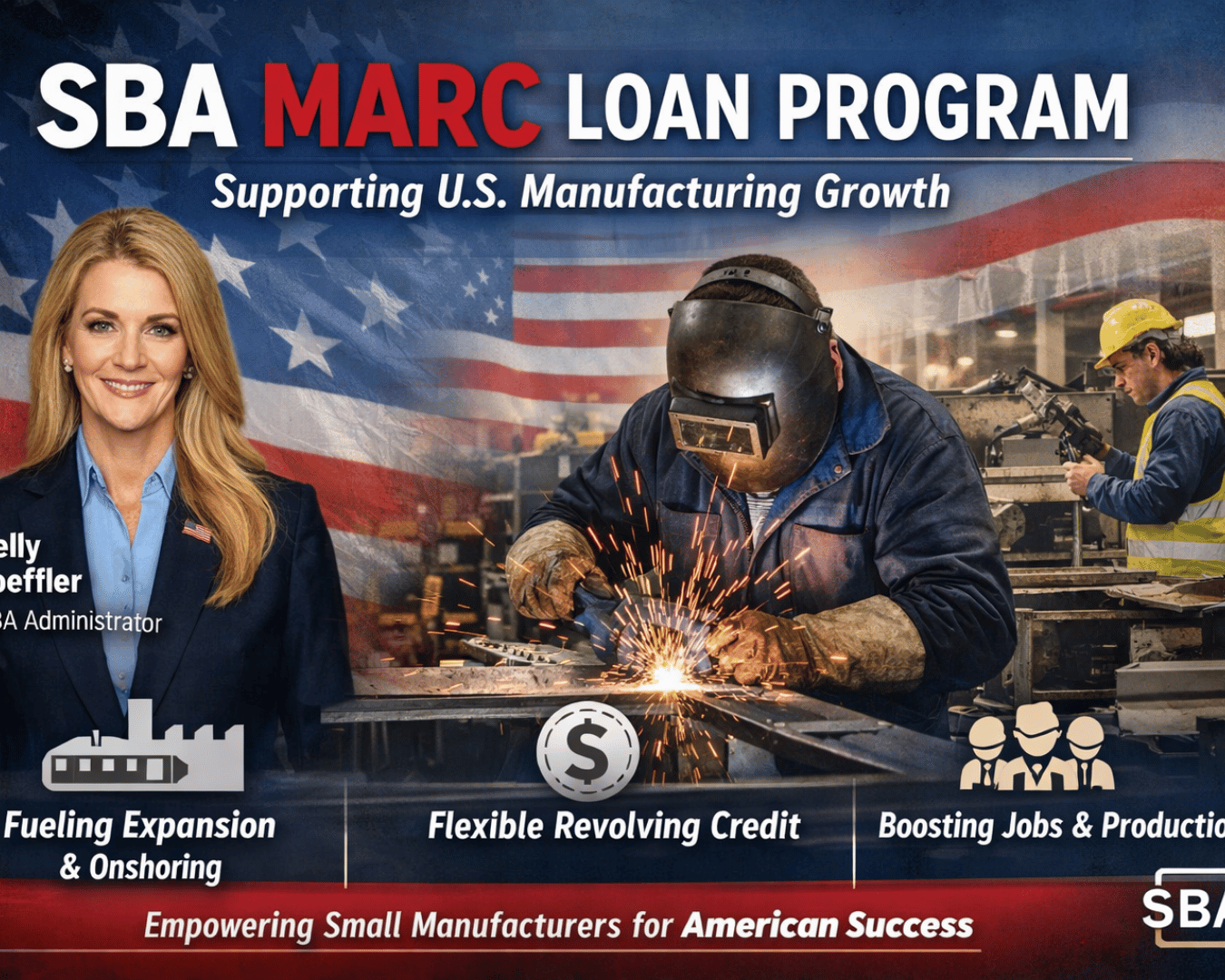



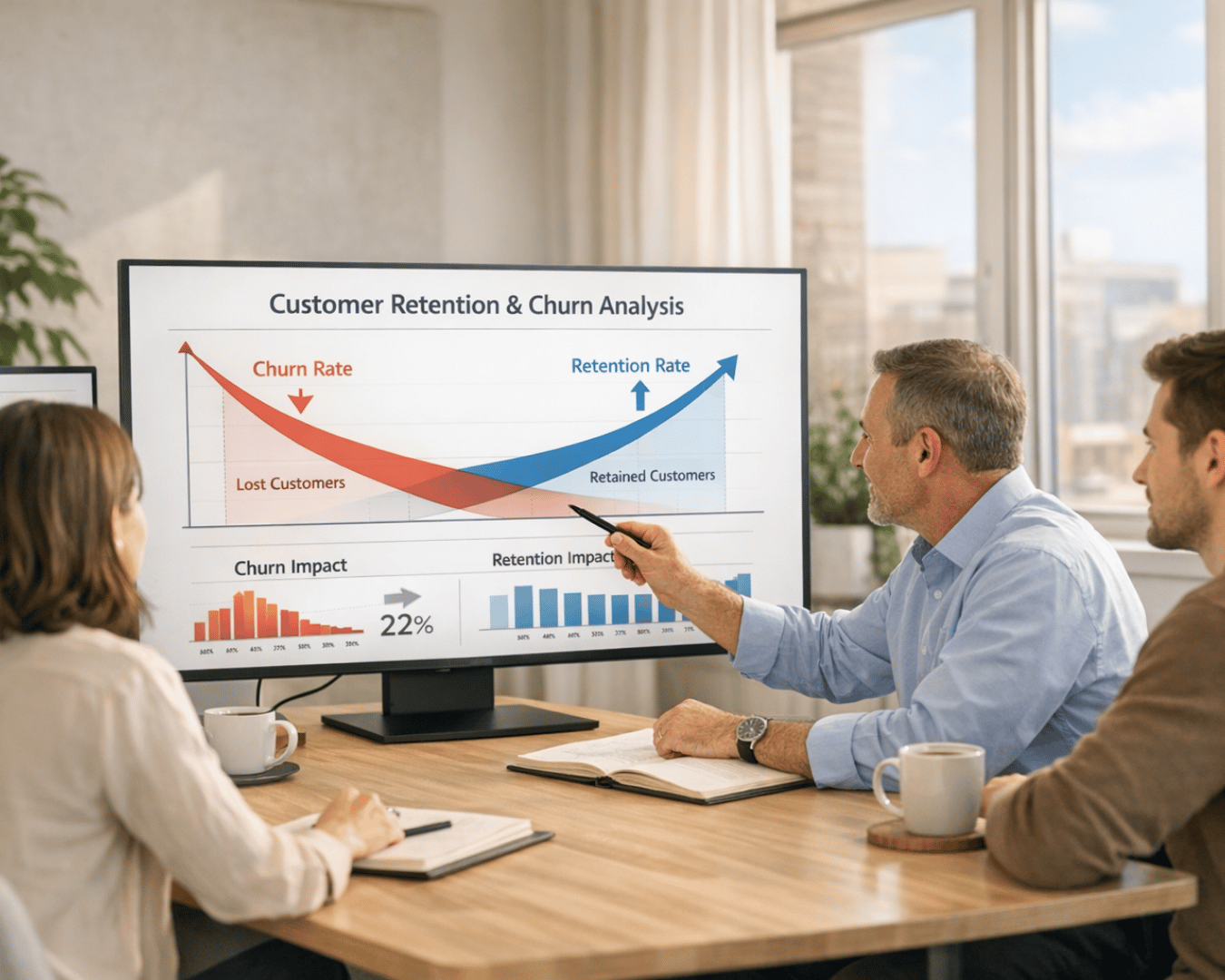





















.png)
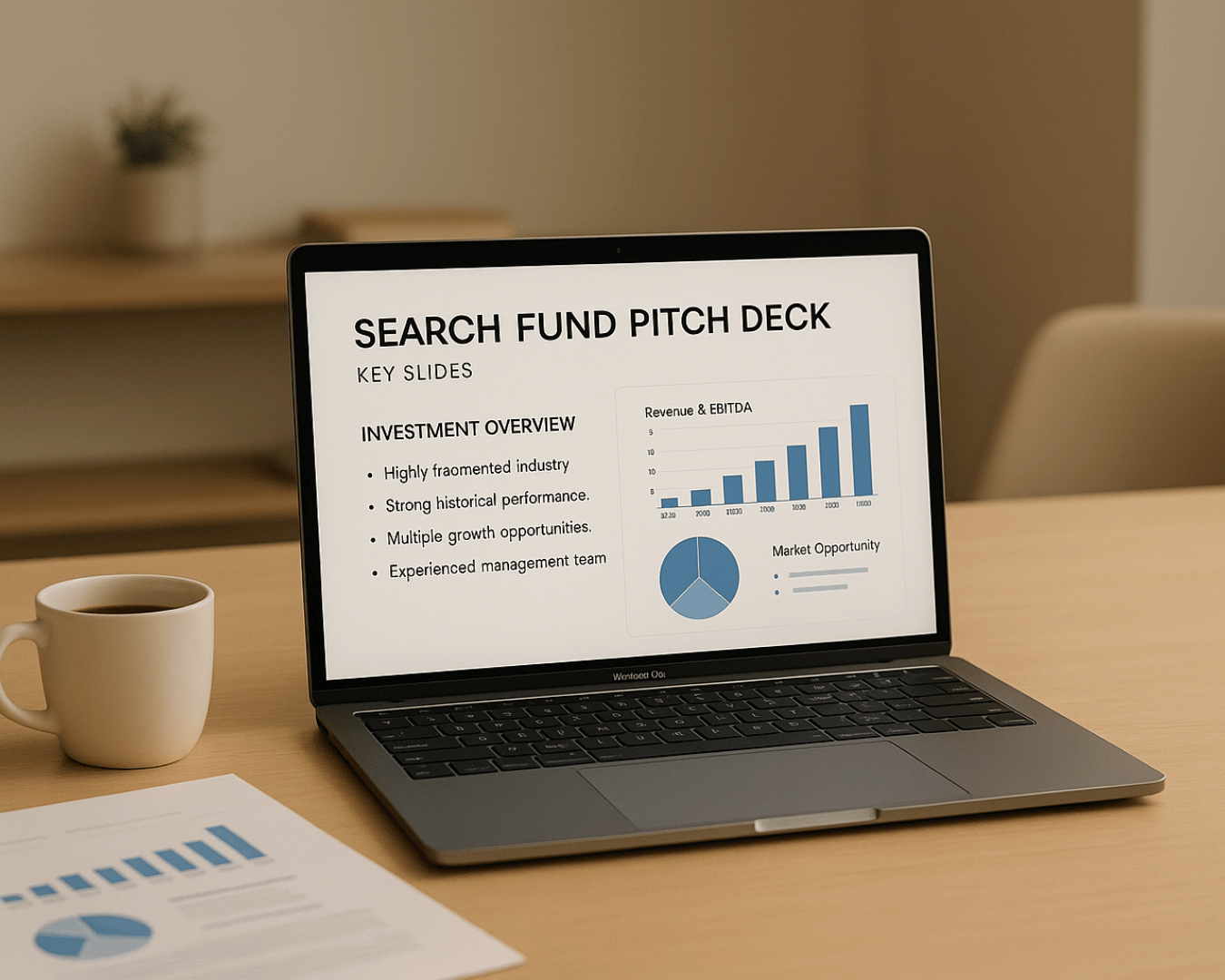




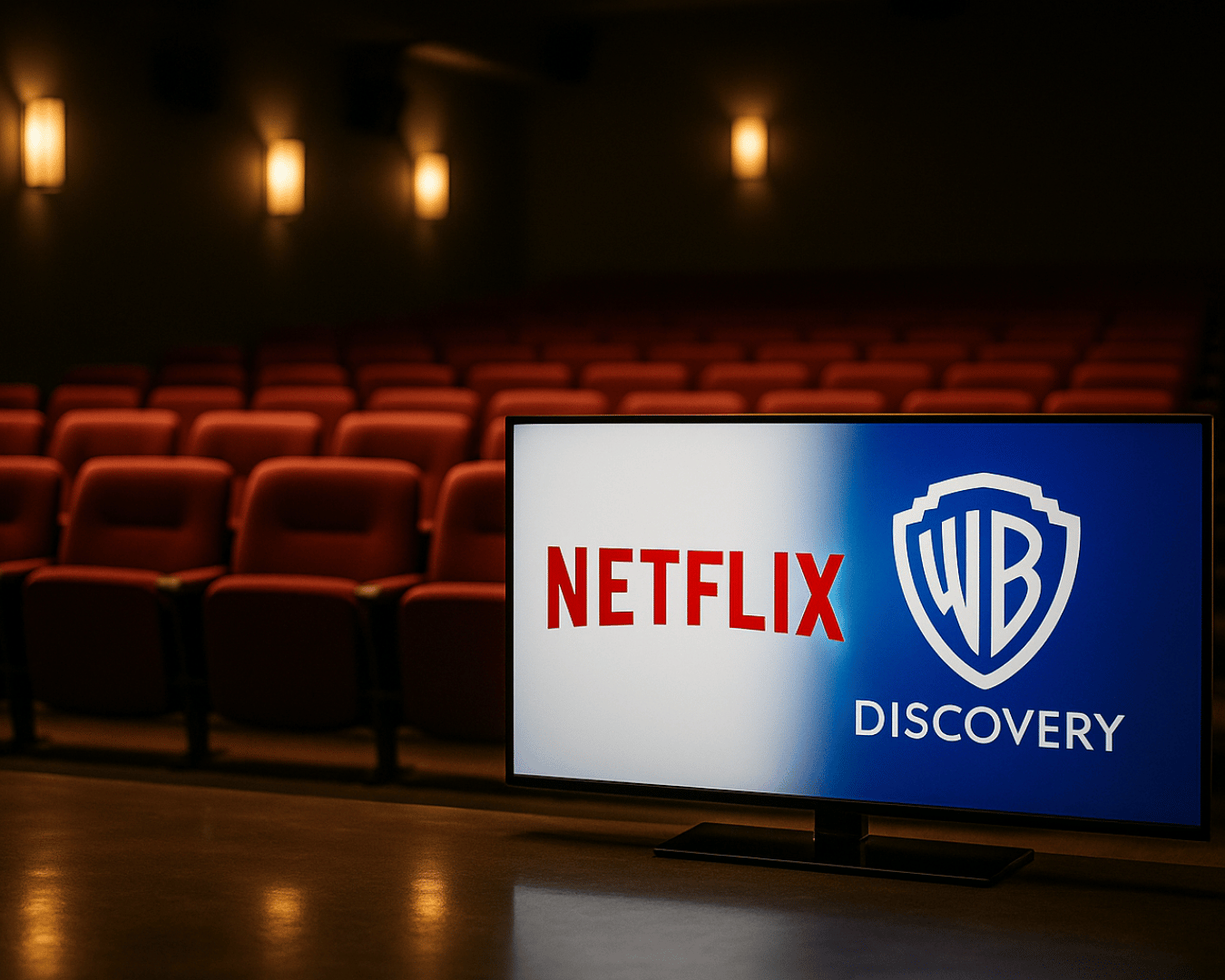











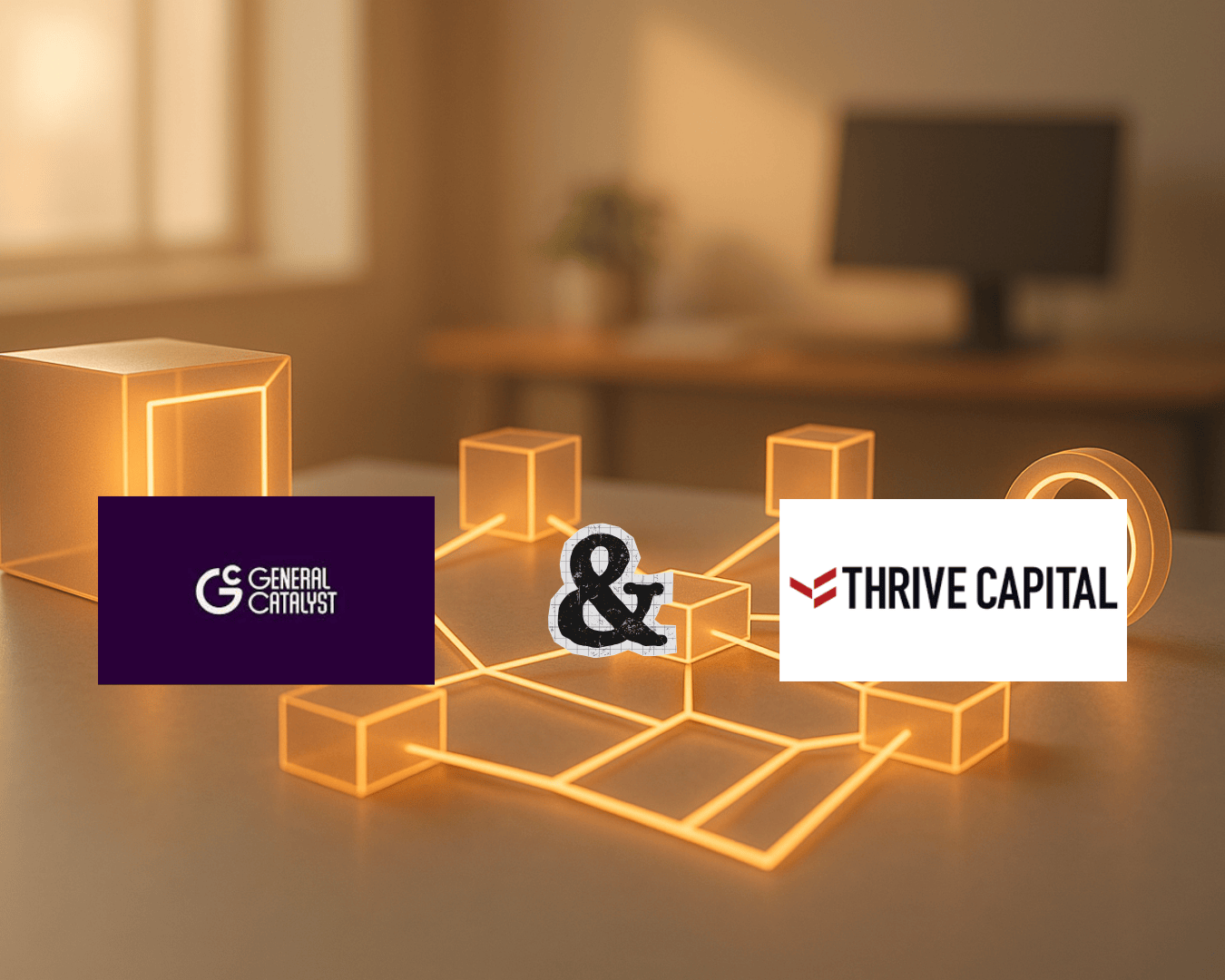











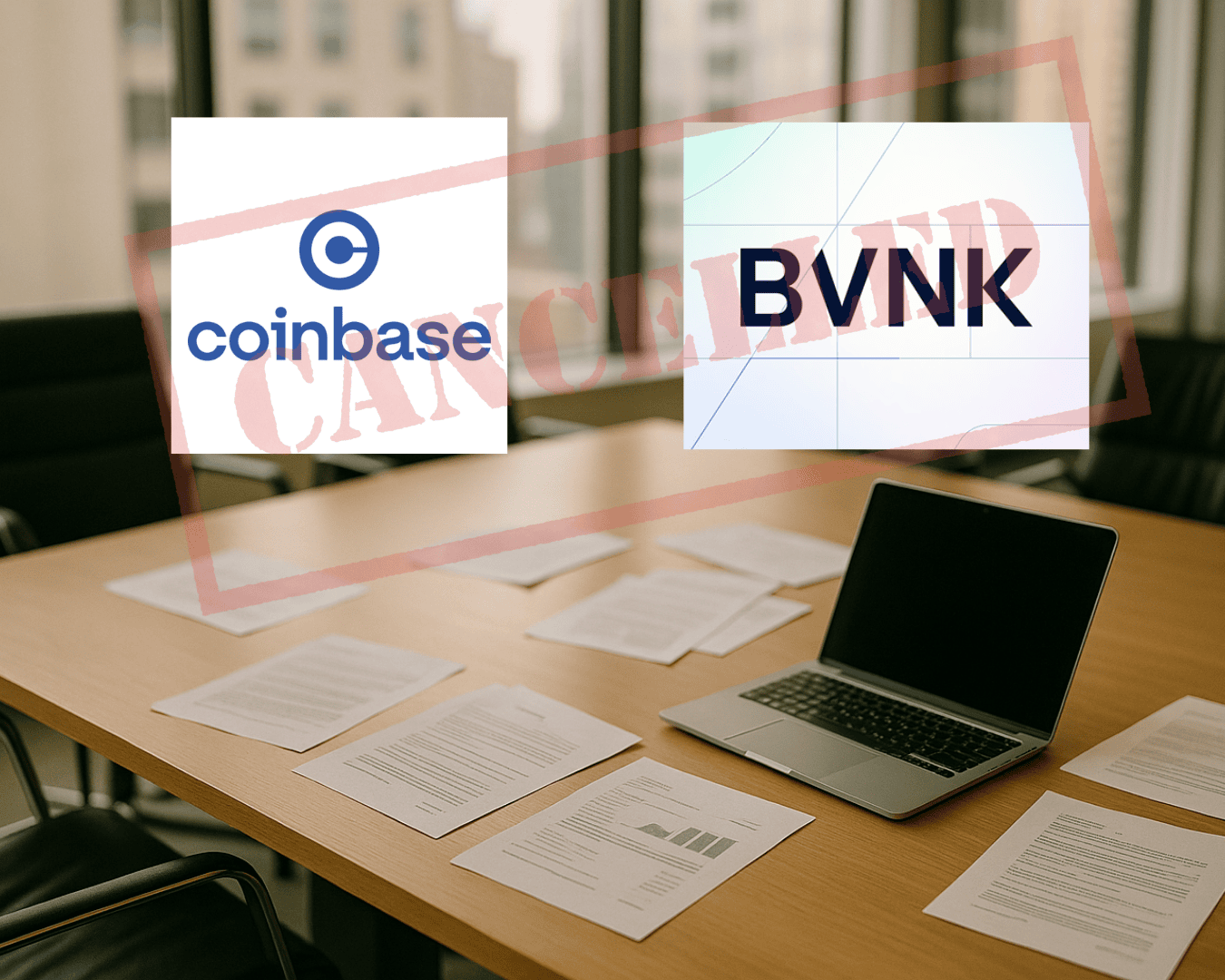









.png)






















